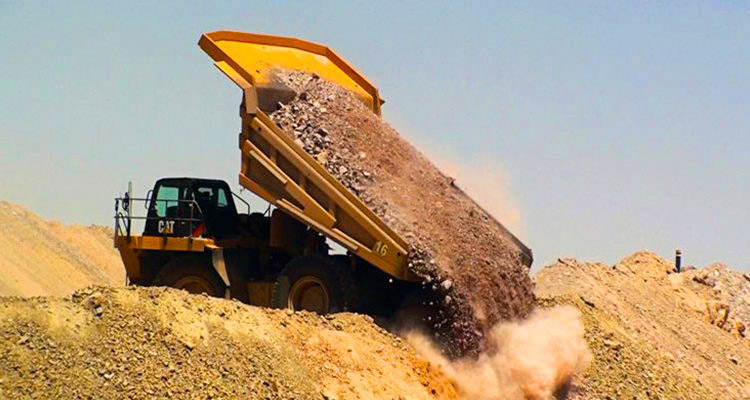In relation to the existing traditional productive sectors, the economy of the district is strongly led by the service sector, within which the TOURISM SECTOR appears as a priority due to the natural characteristics of the city.
In addition to the traditional product of Sun and Beach, other non-traditional options appear with increasing magnitude: Urban Tourism for Long Weekends considering the diversity of recreational opportunities, Meetings and Congresses tourism considering the installed capacity and conditions conducive and Natural and Rural Tourism in relation to the singularity of the landscape environment.
The AGRICULTURAL-LIVESTOCK SECTOR also deserves to be highlighted, the lands of the district are characterized by their high humus content, being especially suitable for fine agriculture: wheat, oats, flax and coarse harvest: corn, sunflower and soybeans.
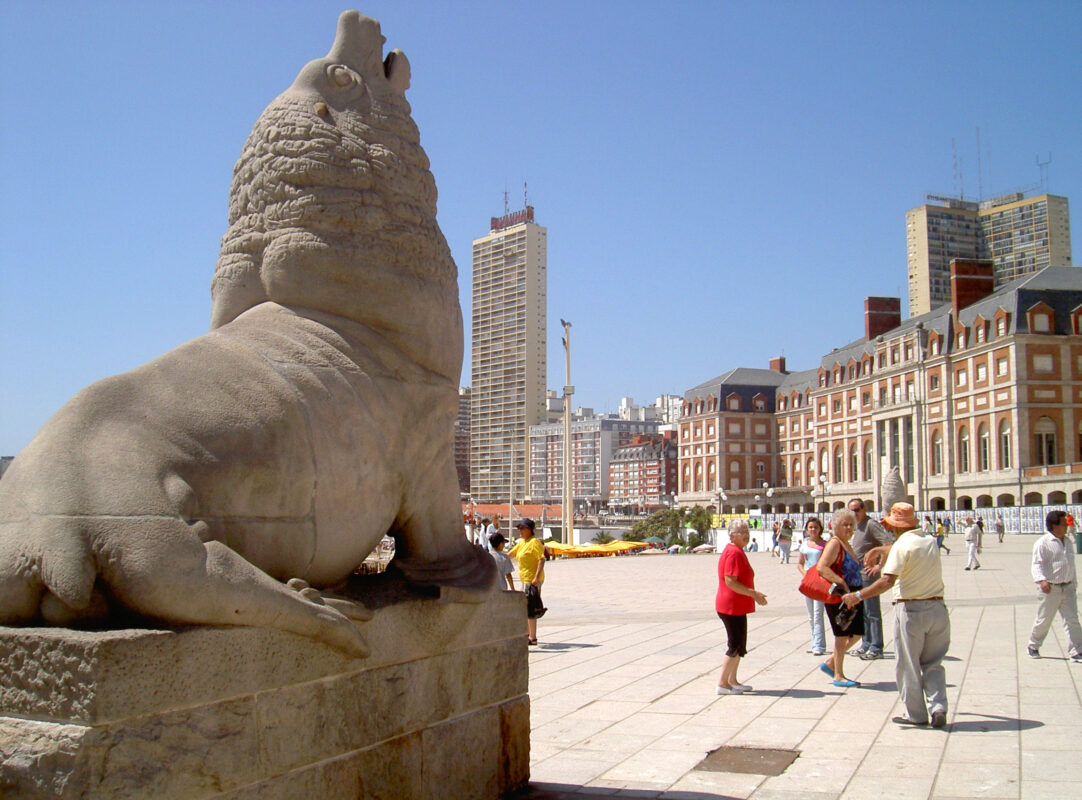
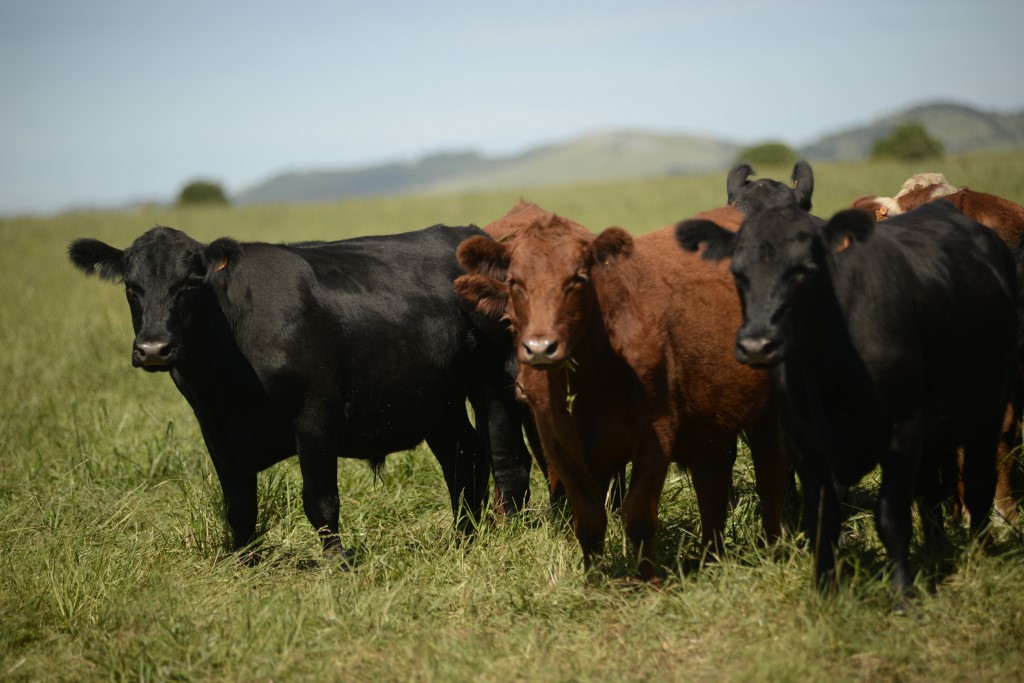
As for livestock, cattle, sheep and horses are raised.
The production of bovine cattle in the party has as activities the breeding, the wintering and the tambo.
The predominant breed is the so-called mask, a cross between Aberdeen Angus and Hereford.
Among the dynamic sectors of recent development, the HORTICULTURAL SECTOR is fundamental, which, taking advantage of the natural resources of the area, has had a strong increase in the last decade.
The horticultural sector has considerably increased its production with diversification of species and quality products.
The most common species are: peppers, bell peppers, lettuce, garlic, onion, chaucha, pumpkin, tomato, carrot. As well as cruciferous and fine fruits. The cultivation of potatoes stands out.
In the case of the METAL MECHANICAL SECTOR, the creation of packaging machine manufacturing companies deserves special attention. Technology and specialized human resources have accumulated in the city, capable of attempting new ventures. Currently there are eight companies manufacturing machines and spare parts.
In the CHEMICAL SECTOR, several companies manufacturing medicinal specialties and polymers have emerged in the last decade. Once again, these sectors are apt to develop on the basis of knowledge and innovation, and support and articulation actions are necessary.
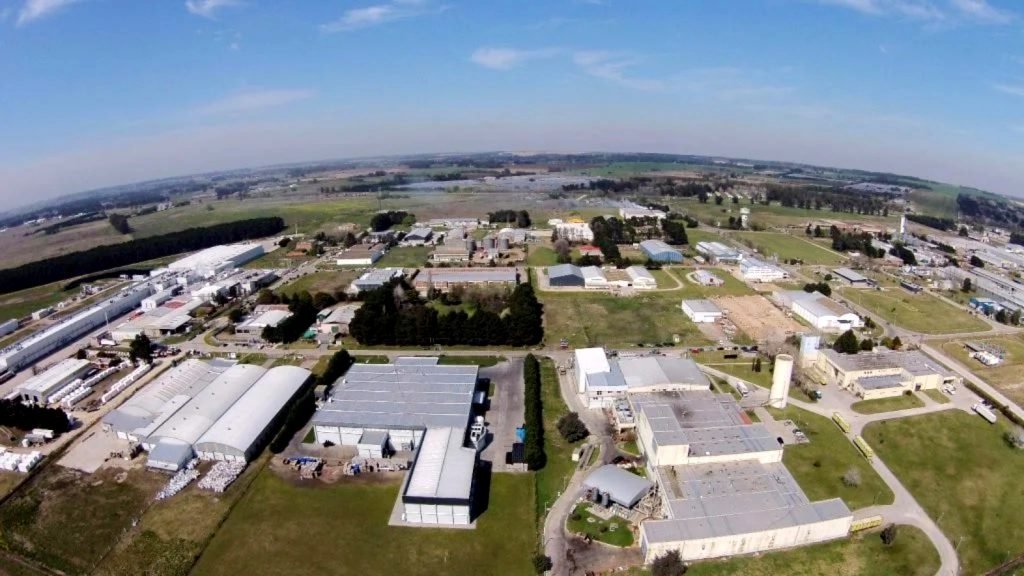
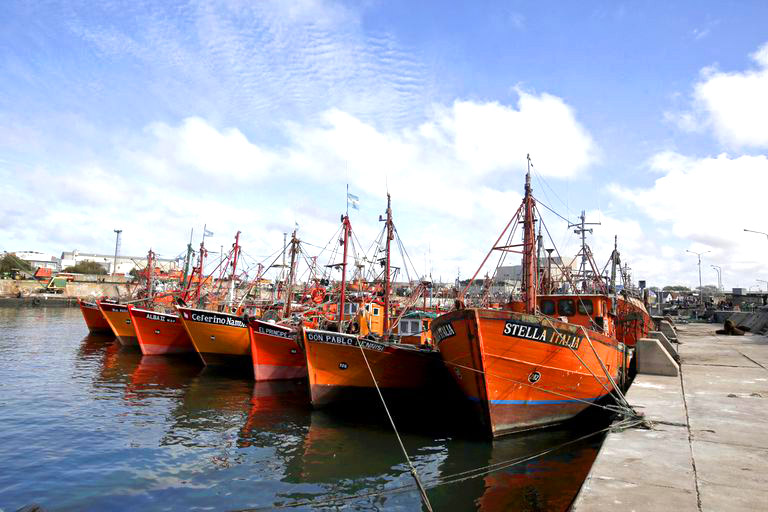
In the FISHERIES SECTOR the main production species are: Hubbsi Hake, Hoki, Squid, Ray, Anchovy, Haddock, Sole, Salmon, Gatuso, Whiting, White Corbina, Stick Fish, Rubio, Scallop, Angel Fish.
The products obtained from fishing are divided into:
Canning: Sardine, Mackerel, Tuna, Anchovy and other specialties. These generally supply domestic consumption.
Refrigerators: in the freezing and filleting plants, products in general are made for export, such as: hake, haddock, sole and grouper, among others.
Organic fish residues are used to make fishmeal that is marketed as an input for the manufacture of balanced feed.
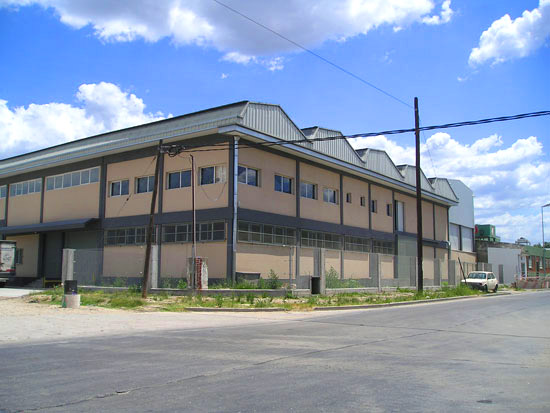
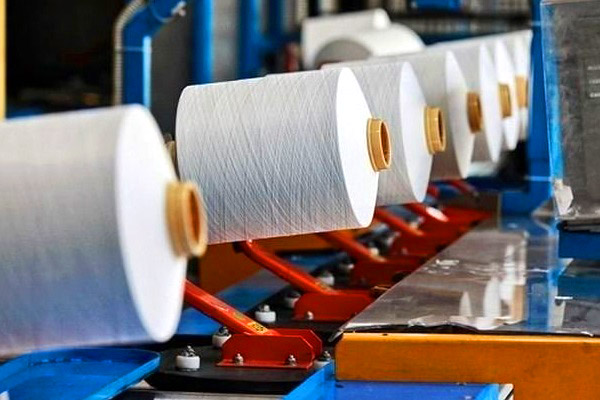
The alternative for this activity lies in strengthening the export of non-traditional products, the use of by-products or the use of accompanying species. For the TEXTILE SECTOR or knitted fabric, there is a clear difference in the behavior of companies of different sizes, with growth in the largest and a decrease in the smallest.
Although there has been an important modernization of the branch, the impossibility of accessing the external market and the competition in the internal market currently limit the possibility of expanding sales with the consequent underutilization of installed capacity.
MINING SECTOR: quartzite stone and sand are produced. The stone that is extracted is marketed in the form of granules, concrete stone, blocks for breakwaters and ornamental uses.
